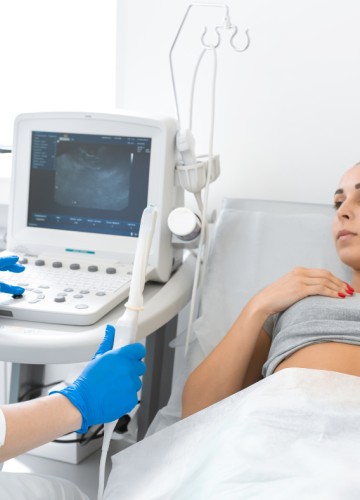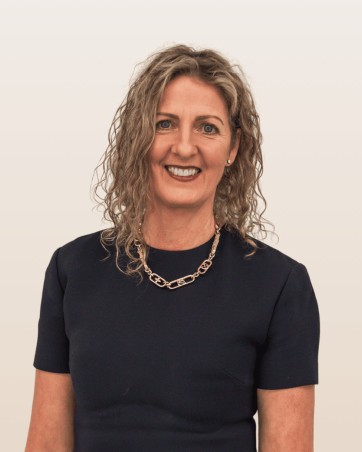Home / Procedures & Investigations / Transvaginal Ultrasound
Transvaginal Ultrasound
A transvaginal ultrasound provides detailed images of the pelvic organs using a small internal probe. This procedure helps assess the uterus, ovaries, and other structures to investigate symptoms like pain, bleeding, or fertility concerns.

How does transvaginal ultrasound work?
Ultrasound uses sound waves to create images. The sound waves are generated in small instrument called a transducer.
The sound waves bounce off the internal structures and travel back to the transducer, where they’re converted into electrical signals.
These signals project a real-time image onto a screen that the person performing the procedure can see.
Ultrasound is not painful and does not use radiation to create an imaging.
The Examination
Transvaginal ultrasound offers a detailed view of the cervix, uterus, fallopian tubes, and ovaries, and is particularly useful for diagnosing conditions affecting the pelvic organs.
The process is different from an abdominal ultrasound, where the transducer is moved across the outside of the abdomen. An abdominal ultrasound is not able to capture such detailed pictures of the pelvic organs.
The procedure may be carried out by a your specialist, or you may be referred to a radiology provider.
Step 1
When you arrive for the test you’ll undress from the waist down or change into a hospital gown. Your specialist will take care to put you at ease and to ensure you’re as comfortable as possible for the procedure.
Step 2
During transvaginal ultrasound a wand-like transducer is placed into the vaginal canal. The procedure might cause mild discomfort or pressure but should not be painful. It may feel similar to a pelvic exam.
Step 3
The ultrasound will be used to take a series of images. This will take about 5 minutes.
Your specialist will advise you if this test might help guide your personalised treatment regime.
